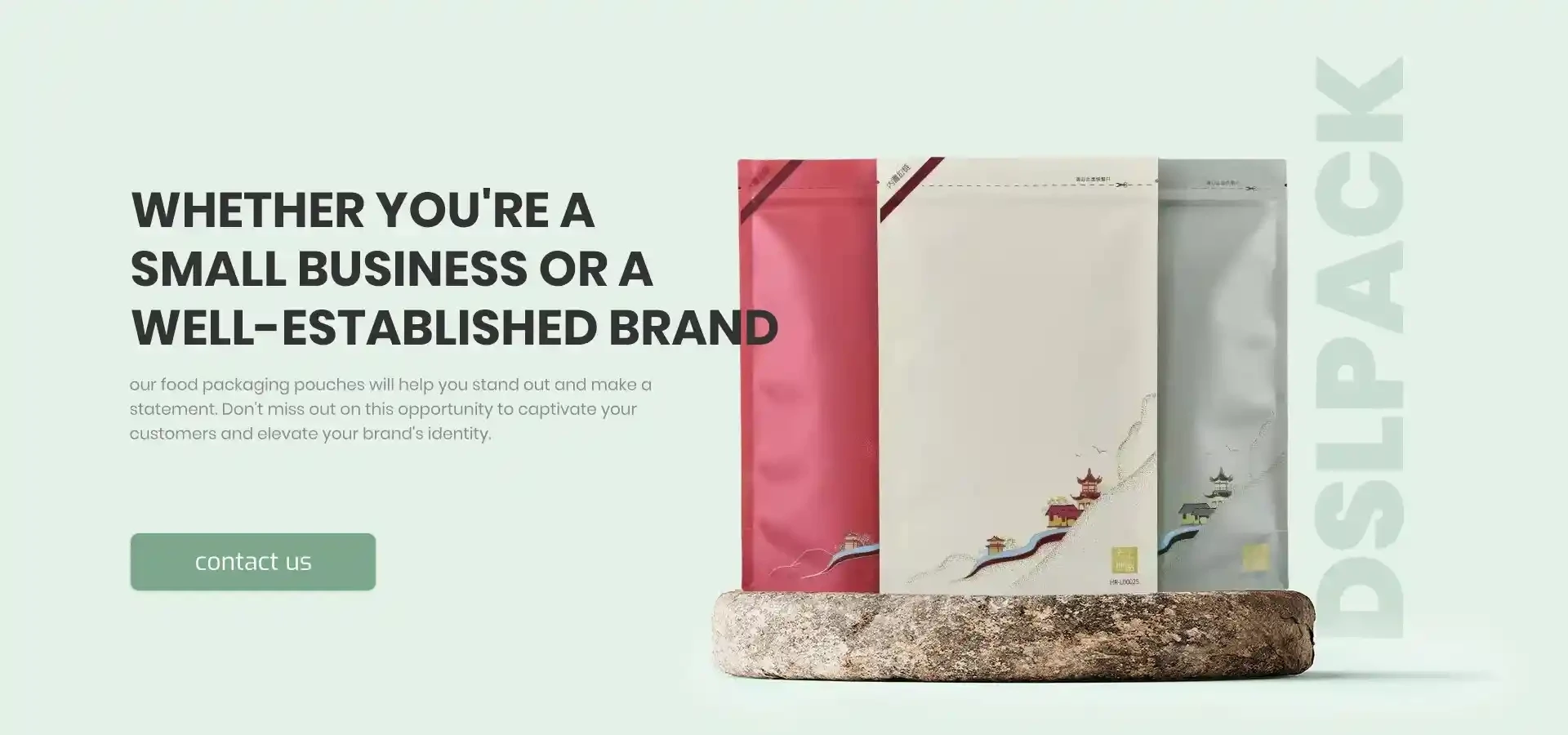- Afrikaans
- Albanian
- Amharic
- Arabic
- Armenian
- Azerbaijani
- Basque
- Belarusian
- Bengali
- Bosnian
- Bulgarian
- Catalan
- Cebuano
- chinese_simplified
- chinese_traditional
- Corsican
- Croatian
- Czech
- Danish
- Dutch
- English
- Esperanto
- Estonian
- Finnish
- French
- Frisian
- Galician
- Georgian
- German
- Greek
- Gujarati
- haitian_creole
- hausa
- hawaiian
- Hebrew
- Hindi
- Miao
- Hungarian
- Icelandic
- igbo
- Indonesian
- irish
- Italian
- Japanese
- Javanese
- Kannada
- kazakh
- Khmer
- Rwandese
- Korean
- Kurdish
- Kyrgyz
- Lao
- Latin
- Latvian
- Lithuanian
- Luxembourgish
- Macedonian
- Malgashi
- Malay
- Malayalam
- Maltese
- Maori
- Marathi
- Mongolian
- Myanmar
- Nepali
- Norwegian
- Norwegian
- Occitan
- Pashto
- Persian
- Polish
- Portuguese
- Punjabi
- Romanian
- Russian
- Samoan
- scottish-gaelic
- Serbian
- Sesotho
- Shona
- Sindhi
- Sinhala
- Slovak
- Slovenian
- Somali
- Spanish
- Sundanese
- Swahili
- Swedish
- Tagalog
- Tajik
- Tamil
- Tatar
- Telugu
- Thai
- Turkish
- Turkmen
- Ukrainian
- Urdu
- Uighur
- Uzbek
- Vietnamese
- Welsh
- Bantu
- Yiddish
- Yoruba
- Zulu
Innovative Solutions for Sustainable Packaging in the Corrugated Industry
The Fascinating World of Corrugated Materials
In the world of packaging and construction, few materials are as versatile and widely used as corrugated cardboard. From cereal boxes to shipping containers, corrugated materials have become an indispensable part of our daily lives. But what exactly is corrugated material, and why has it captured the attention of manufacturers, retailers, and consumers alike?
Understanding Corrugated Materials
At its core, corrugated cardboard is composed of three layers a fluted middle layer sandwiched between two flat linerboards. This unique structure provides incredible strength and durability, making it an ideal choice for protecting goods during transportation. The fluted layer acts as a cushion, absorbing shocks and impacts that a product might endure on its journey from manufacturer to consumer. This property has made corrugated cardboard the preferred option for shipping fragile items, as well as heavy industrial goods.
Sustainability and Eco-Friendliness
In recent years, sustainability has become an important concern for consumers and companies alike. Corrugated materials align well with these values, as they are typically made from recycled paper and can be recycled multiple times. This closed-loop cycle significantly reduces the demand for raw materials and minimizes waste, making corrugated boxes a green alternative to plastic packaging. Many companies are now leveraging this eco-friendly aspect in their branding, appealing to environmentally-conscious customers.
Innovation in Design and Functionality
corragate

One of the remarkable features of corrugated materials is their adaptability. Manufacturers have developed a vast array of designs to meet specific needs, ranging from simple boxes to intricate packaging solutions with custom shapes and sizes. Innovative designs, such as die-cut boxes and printed packaging, add an aesthetic appeal and help enhance the brand's image. Furthermore, advancements in technology have made it possible to create lightweight yet sturdy materials, reducing shipping costs and environmental impact.
Economic Impact
The corrugated packaging industry has also made significant contributions to the economy. It is a multi-billion dollar industry that supports millions of jobs worldwide, from manufacturing to logistics. The rising demand for e-commerce has further fueled growth in the sector, as more companies seek robust packaging solutions to ensure their products reach customers in perfect condition. Therefore, as online shopping continues to thrive, the corrugated materials industry is poised for sustained expansion.
Challenges Ahead
Despite its numerous advantages, the corrugated materials industry is not without challenges. Fluctuations in raw material prices, particularly recycled paper, can impact production costs. Additionally, competition from alternative packaging solutions, such as plastics and bio-based materials, poses a threat. Companies must continually innovate and improve efficiency to stay ahead of these challenges and meet the evolving needs of consumers.
Conclusion
In summary, corrugated materials are more than just a means of packaging; they represent an intersection of sustainability, innovation, and economic vitality. As consumer preferences shift toward environmentally responsible products, corrugated materials are likely to maintain their relevance and importance in the marketplace. Their ability to adapt and innovate ensures that they will continue to meet the challenges of the future, safeguarding products and the planet alike. Whether you’re an everyday shopper or a business owner, understanding the value of corrugated materials can deepen your appreciation for the products that fill our lives.













